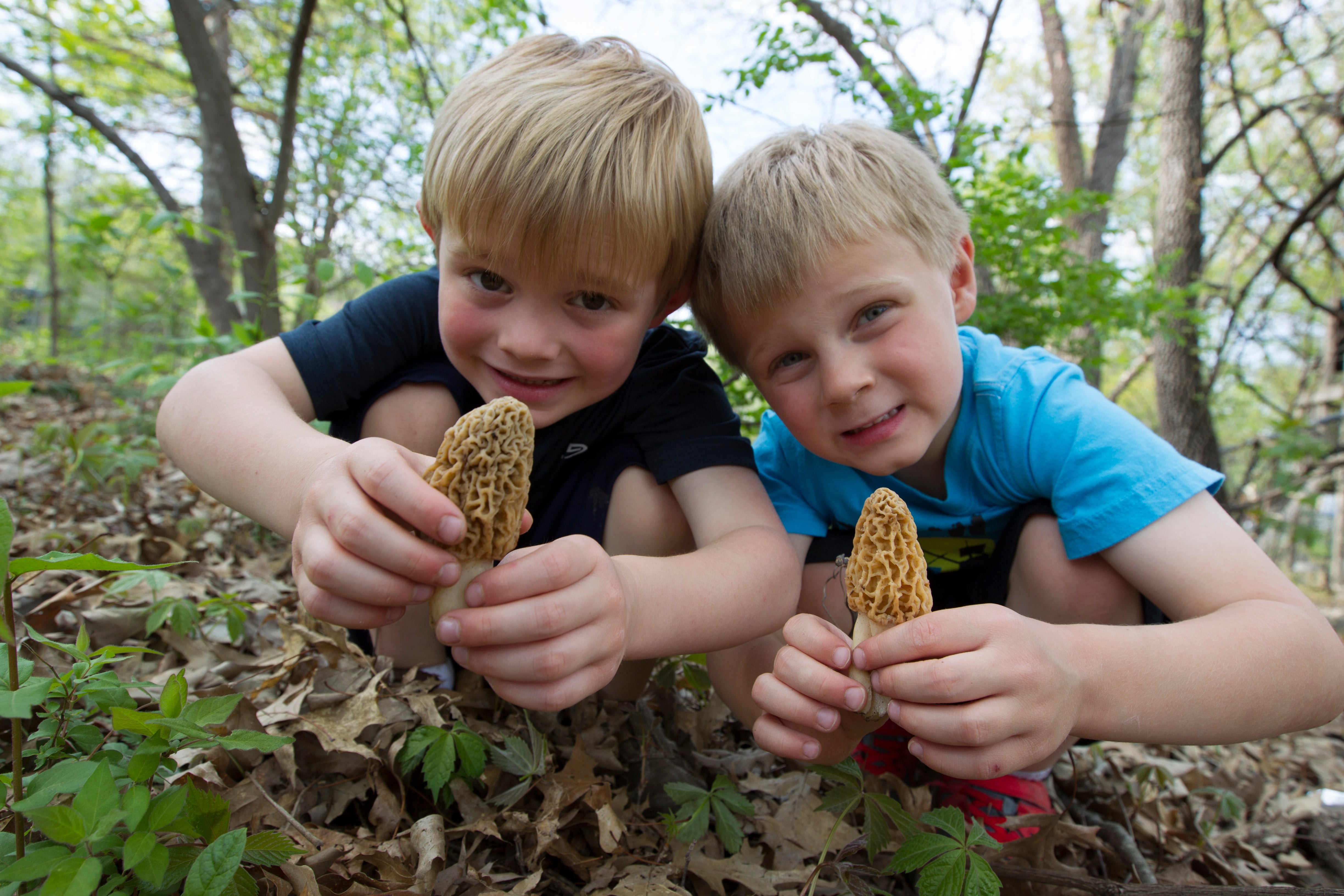Body
Short answer: there is no test to determine edible versus poisonous mushrooms. Ignore any advice such as “a poisonous mushroom will tarnish a silver spoon,” “if it bruises blue, it’s poisonous,” and so on. These are folk myths; they are completely untrue. Even seeing evidence of animals eating them won’t work here. The only way to tell if a mushroom is edible is by positive identification.
If you’re interested in eating wild mushrooms, we cannot stress enough the importance of learning how to identify them. Field guides will have pictures and descriptions of mushroom anatomy, cap shapes, surface textures, gill spacing — just a few of the features used to determine what species it is. Learning to identify mushrooms is really like any other kind of nature study, except for one huge consideration: if you’re collecting mushrooms to eat, some of them could be deadly poisonous. Take your time, and use common sense: if you’re not 100 percent positive of the ID, don’t eat it. Don’t let wishful thinking make you sick or dead. Be skeptical of your own conclusions!
While it may take a little time to build your knowledge, it’s worth it! There are several delicious mushrooms that are easy to recognize and nearly impossible to confuse with any dangerous species. Once you’ve tasted some of them (using all of the resources below, so you’re 100 percent sure of what it is), you’ll start to see what all the excitement is about. Most wild mushrooms are much tastier than typical grocery store selections!
We recommend you do all of the following:
- Go to workshops and forays. Join a mushroom club. You’ll see lots of mushrooms and learn what the identifying features are. Experts will help with your questions and recommend field guides and other resources.
- Collect and identify what you think is the same species repeatedly. Some mushrooms change appearance dramatically as they mature or even in different seasons.
- Show your finds to experts.
- Use multiple field guides. One picture is not enough! Read the descriptions carefully.
Don't let your nose fool you. Mushrooms that smell or even taste good can be poisonous. One common culprit of mushroom poisoning is the green-spored lepiota (Chlorophyllum molybdites), which, when young, looks nearly identical to the common white button mushrooms found in grocery stores. They reportedly taste pretty good, too, but eating just one will lead to symptoms that can put you in the emergency room.
“When in doubt, throw it out!” Until you’ve trained your eyes to know what you’re looking for, we can’t say it often enough!






















